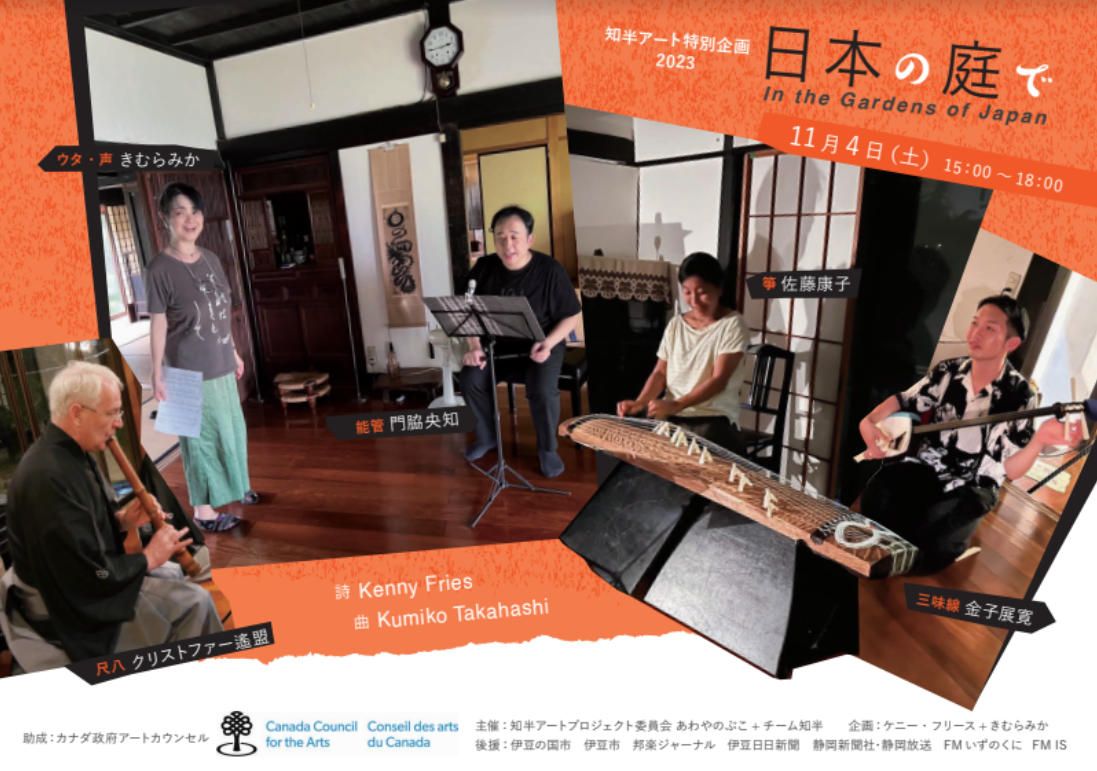“Queering the Crip, Cripping the Queer” is the first international exhibit exploring the multiple historical, cultural, and political intersections of queerness and disability.
Disability studies scholar Carrie Sandahl, who coined the phrase, writes: “sexual minorities and people with disabilities . . . share a history of injustice: both have been pathologized by medicine; demonized by religion; discriminated against in housing, employment, and education; stereotyped in representation; victimized by hate groups; and isolated socially, often in their families of origin.”
Disability and queer histories are similar, if not always parallel. Sometimes queers and the disabled acquiesce to the fantasy of “the ideal body,” but queer/disabled artists mostly counter it. The exhibition is to a large degree curated by queers and people with disabilities; the contemporary artists exhibited largely self-identify as disabled and queer. Sandahl points out, “Those who claim both identities may be best positioned to illuminate their connections, to pinpoint where queerness and ‘cripdom’ intersect, separate and coincide.”
The exhibit includes the work of over 20 contemporary international artists whose works speak to the historical themes and objects of the exhibit, and includes a selection of work by artists who created while institutionalized and whose works were collected by the Prinzhorn Collection in Heidelberg, as well as a section on important queer/disabled artist icons Lorenza Böttner, Raimund Hoghe, and Audre Lorde.
Visit the extended exhibit site for more about the exhibit, events, and access information.
Watch the virtual curatorial tour of “Queering the Crip, Cripping the Queer.”
There was an exhibit-related performance festival curated by Noa Winter at Sophiensaele from September 9 - 17, 2022.
Queering the Crip, Cripping the Queer
is supported by


















